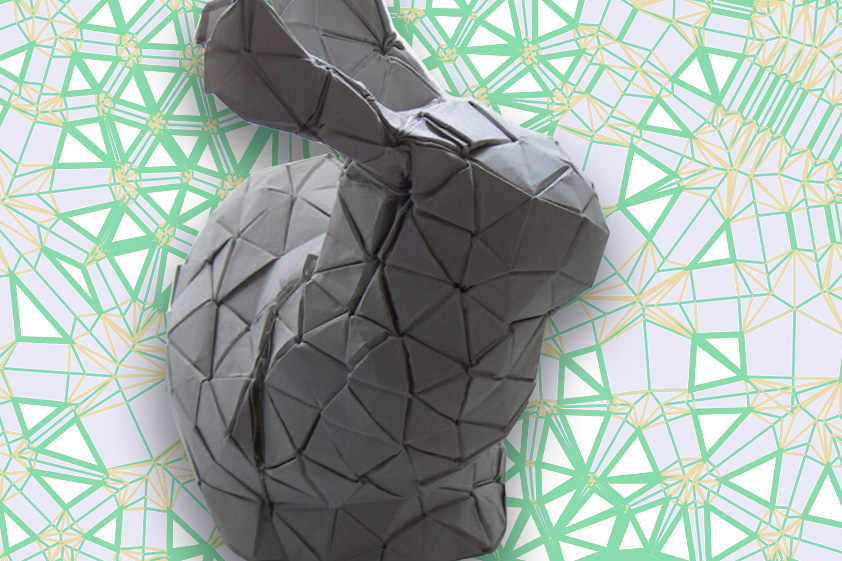In history, some of the greatest structural marvels are a beautiful cusp of engineering and art. Take the Pantheon for example. Its dome was built around 100AD without using a single rod of steel. And still stands tall in Rome. How? Click on the link to understand how art played a crucial role in creating such engineering marvels.
The greatest artist of all time, Leonardo Da Vinci was an engineer in an artist’s body. Read the article to find out more:
Even in today’s technology-driven world, pioneers in space innovations such as NASA uses origami to design prototypes of spacecraft. Watch the video to experience it!
Gradually even the STEM curriculums worldwide are changing to STEAM where ‘A’ stands for Arts. To find out read the article:
Another example of a beautiful culmination between engineering and art in this video. It is about skeletal beests called ‘Strandbeests’.
Read the article to learn more about amazing projects made by the students of Princeton University, who found creativity at the intersection of art and engineering.
It's interesting to read that hand-drawing is making an unlikely comeback. Designers and engineers have found that the creative process is simply not as intuitive when the delicate relationship between the brain, eye, and hand is mediated by a computer.
If you are an artist, get hold of a friend who is thinking of pursuing engineering or vice versa and together make a prototype of a 'faucet'. Watch the video and then design a kitchen/bathroom faucet in such a way that solves a specific problem.
Create an 'Origami Project - Paper Motor Walking Machine' by referring to the link.
Explore iconic bridges worldwide and analyze how engineering principles merge with artistic vision to create these remarkable structures.
Research how engineers integrate sound and architectural design to create acoustically optimal spaces, such as concert halls or recording studios.
Research how engineers draw inspiration from nature's artistic forms and patterns to create innovative products, structures, or materials.
Investigate how geodesic domes utilize mathematical principles to create visually captivating and structurally robust enclosures.
- Written/audio/video presentations
- Analytical written/audio/video essays
- Creating mood boards
- Designing prototypes
- Anything of your choice

Make a project including Art/Design in Engineering. Hackerspaces are the best places to find a community of people that are interested in combining technology and art and can help you to learn and expand your interest. The article lists some of the best Hackerspaces in India.
Collaborate across disciplines to recreate a scaled-down version of one of the ancient wonders of the world, highlighting the importance of art in engineering.
- Research: Choose one of the ancient wonders, such as the Great Pyramid of Giza or the Hanging Gardens of Babylon, and conduct research on its architectural design, construction techniques, and historical significance.
- Collaborative Teams: Form interdisciplinary teams comprising artists, architects, mathematicians, engineers, and students with various skills and interests.
- Design and Planning: Work together to create detailed plans, blueprints, and artistic renditions of the chosen wonder, ensuring that each team member contributes their expertise to the design process.
- Material Selection: Explore modern and sustainable materials suitable for the scaled-down project, considering factors like cost, environmental impact, and structural integrity.
- Construction Process: Build the recreation of the ancient wonder, with each team member taking on specific roles and tasks, emphasizing collaboration and communication between different disciplines.
- Exhibition and Presentation: Showcase the final creation to the school and local community through an exhibition or presentation. Discuss how the inclusion of art in engineering enriched the project and inspired innovative thinking.
Combine engineering principles with artistic flair to build a captivating kinetic sculpture that moves and interacts with its environment.
Utilize artistic ingenuity in designing a small, eco-friendly dwelling that maximizes space efficiency and integrates renewable energy sources.
- Designing prototypes
- Creating a product
- Completing an online course
- Completing a reading list and write book reviews
- Creating Wikipedia pages
- Managing a blog
- Participating in national/international competitions
- Joining an internship program
- Anything of your choice










